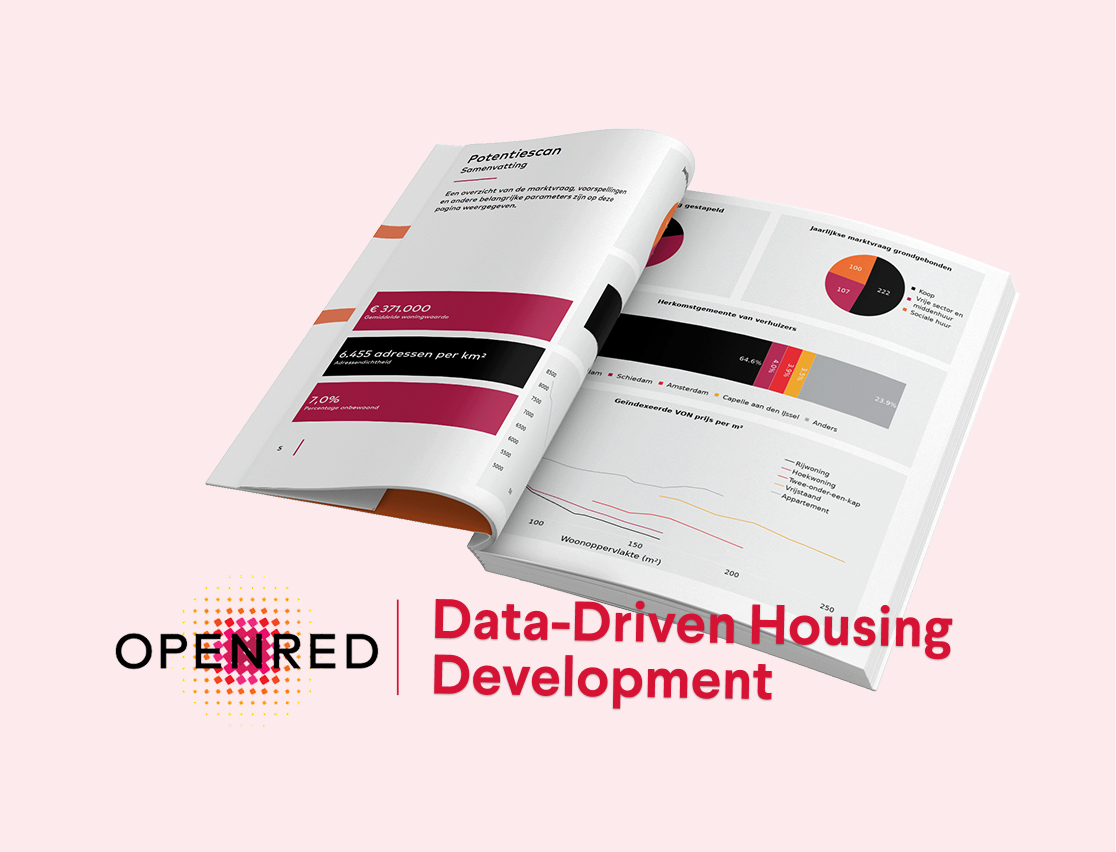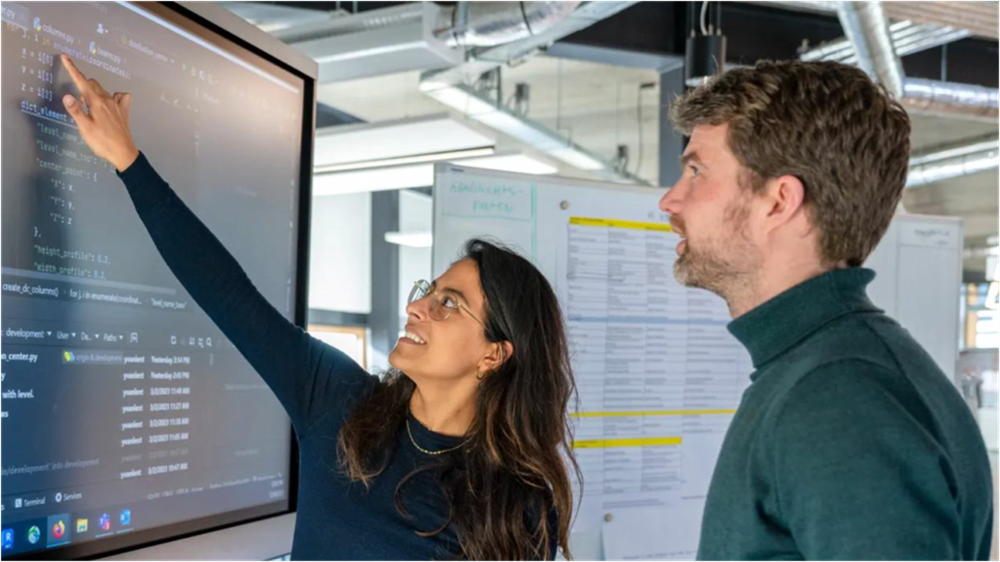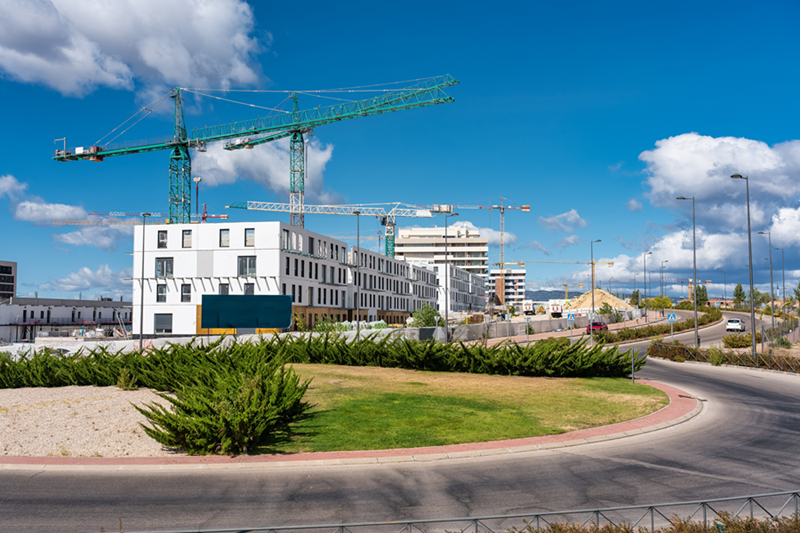Sign In
February 03, 2020
Accelerating the design process to make buildings smarter
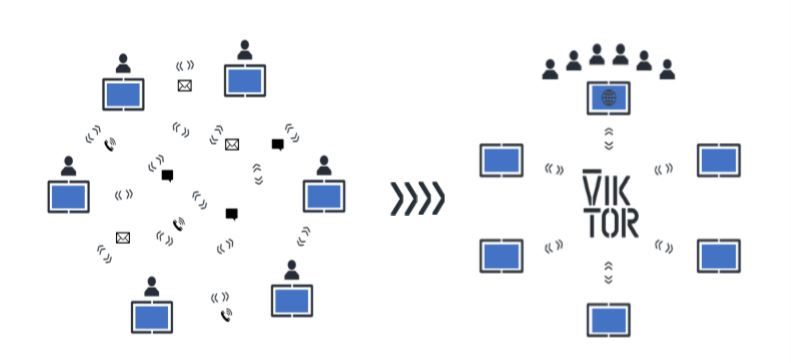
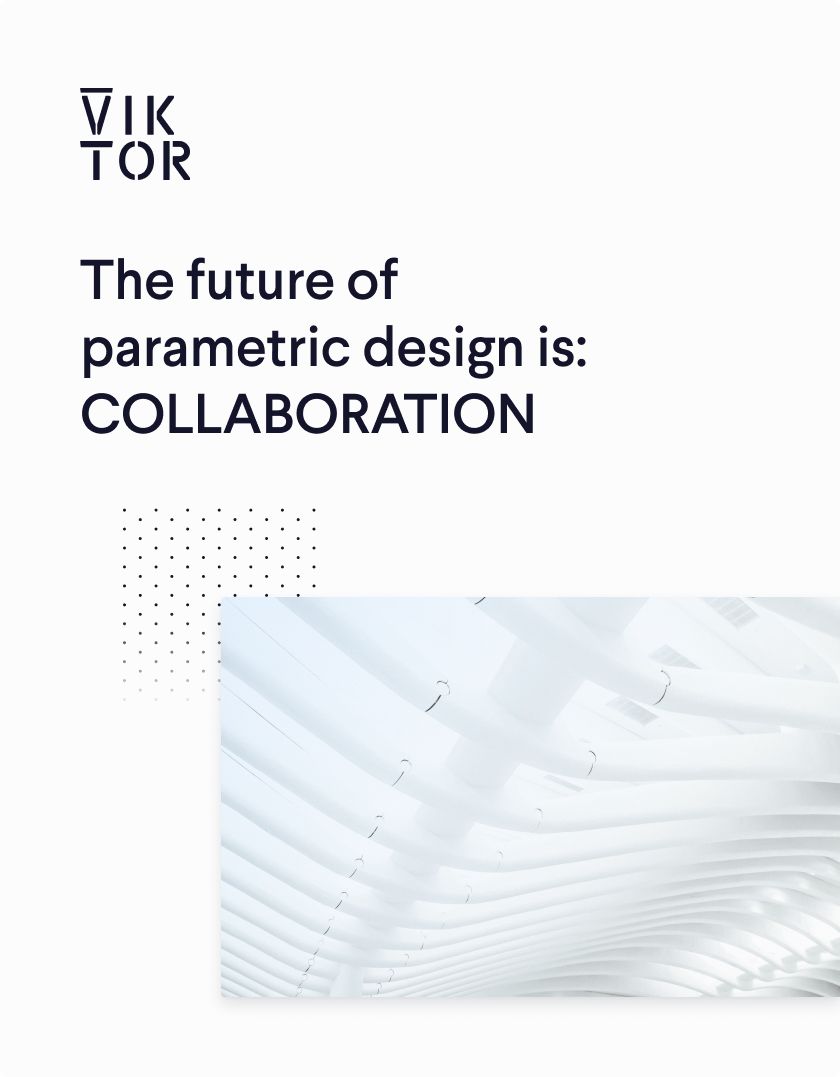
Download the white paper and get INSPIRED
Learn how collaborative parametric design models allow you to work together for better solutions.
Room for improvement
Max de Vries is a project developer at J.P. van Eesteren and says that within the company there is room for improvement, especially for the transfer of knowledge and information between the various departments.
The process analysis
De Vries: “In order to gain more insight into each other’s work processes, we carried out a process analysis together with VIKTOR.” For this, discussions were held with various specialists from the departments, namely Construction, Calculation, Project Development and Engineering. These conversations showed that the transfer of information and knowledge between departments can be optimized. De Vries: “Each department uses its own Excel model, the results from the models are shared with each other, but the underlying assumptions and conditions often remain invisible. To jointly make the right choices in the design process, it is important to make the assumptions and associated relationships visible. Repetition creates a learning process.”
Improving the process
Using VIKTOR, the working methods of the various specialisms have been mapped, in order to subsequently improve the processes. The challenge is clear to De Vries: “Is it possible to halve the lead time of the design process of residential towers through the process of learning and repetition?”
“I would recommend the process analysis to any company. You learn to take a good look at: what are my processes and what optimizations can I perform to them.” - Max de Vries projectdeveloper at J.P. van Eesteren
Processing assumptions in an application
After completing the process analysis, it was decided to create a web-based application together with VIKTOR. The purpose of the application is to let all departments within J.P. van Eesteren work with one platform. This makes the assumptions and relationships in a design visible to everyone. De Vries, “The difference between the application and BIM (Building Information Model) is that we are not currently interested in the unique composition of a specific residential tower. We are looking for a fixed structure within which we can vary.” In every design many parameters recur, a residential tower always has a stairwell, roof, facade and floor. “Whether the shape of the floor is elongated or square does not matter at a certain level of abstraction, many parameters are basically the same,” explains De Vries. The application will help J.P. van Eesteren to use repetitive components in multiple projects. This also creates the opportunity to pay attention and time to the unique / deviating elements in a design. De Vries: “We actually want to divide a residential tower into separate components. Take a staircase, for example. This is often a concrete box with stairs and a number of lifts. Doesn’t it make more sense to develop 4 variants and use them again and again in projects?”
Becoming involved as project developer at an earlier stage
With the VIKTOR application, J.P. van Eesteren and clients will soon go through the first phases of a design process much faster and smarter. Clients run the greatest risks during the design phases. Accelerating the design process reduces the risk of being overtaken as a client by the changes associated with time and new market conditions. In a traditional construction engineering project, the contractor is one of the last parties involved in the project. “This is quite strange, because you cannot separate thinking and doing,” according to De Vries. “When this traditional structure is used, the builder is usually not in a leading role. This structure implies a strategy similar to walking, where the left foot follows the right foot. However construction expertise is often lacking in the design stages. The structure also suggests that during the realization phase, only what was previously thought of should be built. The reality is that during the realization phase a lot of choices have to be made, which influence earlier choices in the design phase and vice versa. ”
About VIKTOR
The construction sector can still learn a lot by looking outside our field. De Vries, “Meanwhile, there is enough management literature to be found as to why a strong separation between thinking and doing does not produce the desired result. Coming up with complex strategic plans in boardrooms (thinking) that ultimately do not bring the desired result during implementation is quite logical. Time does not stand still, plans are often overtaken by new developments. Every adjustment (in a design or organization) also results in desired and undesired effects that cannot be predicted in advance. It makes more sense to work in parallel instead of a strict separation.”

